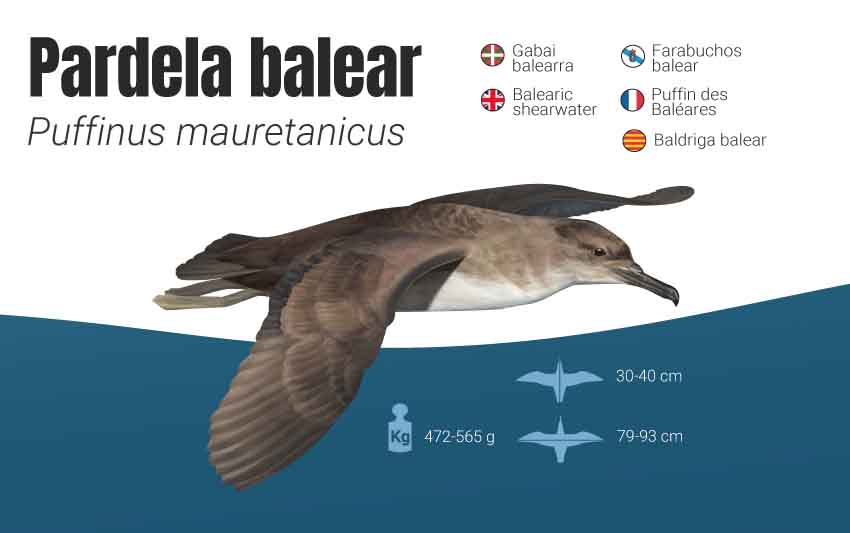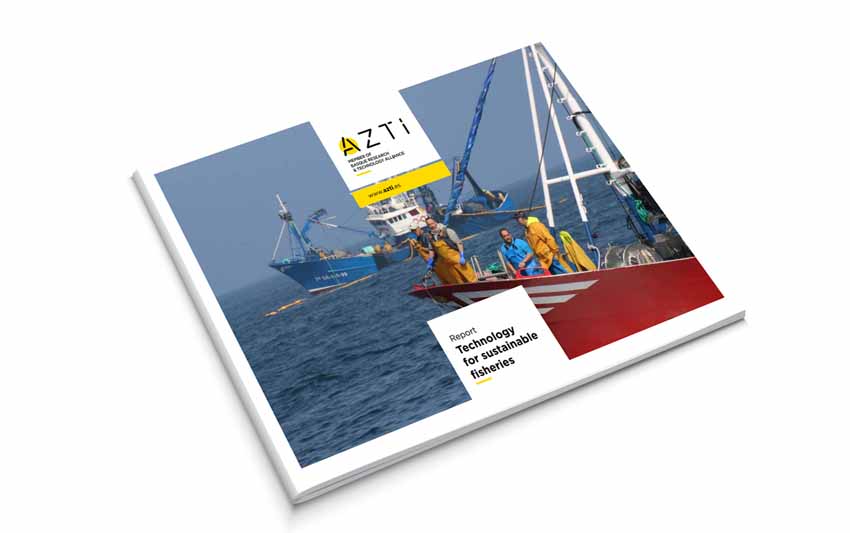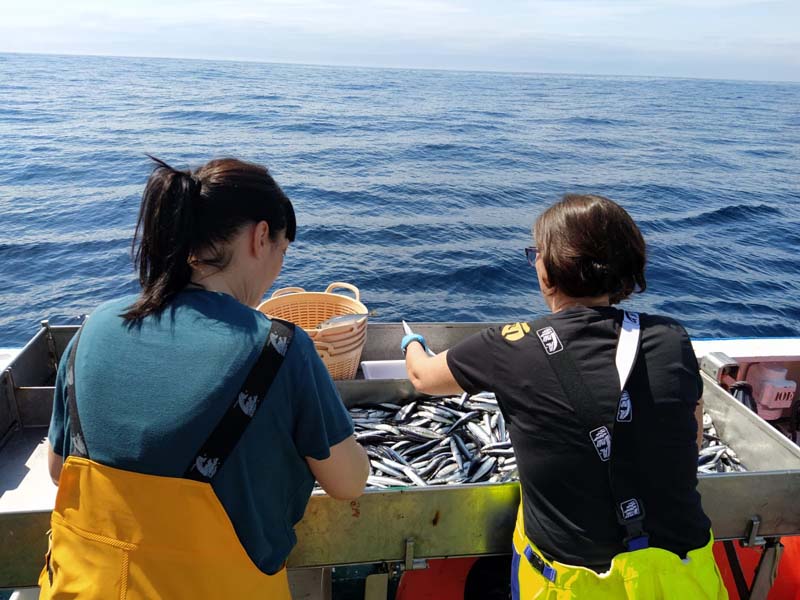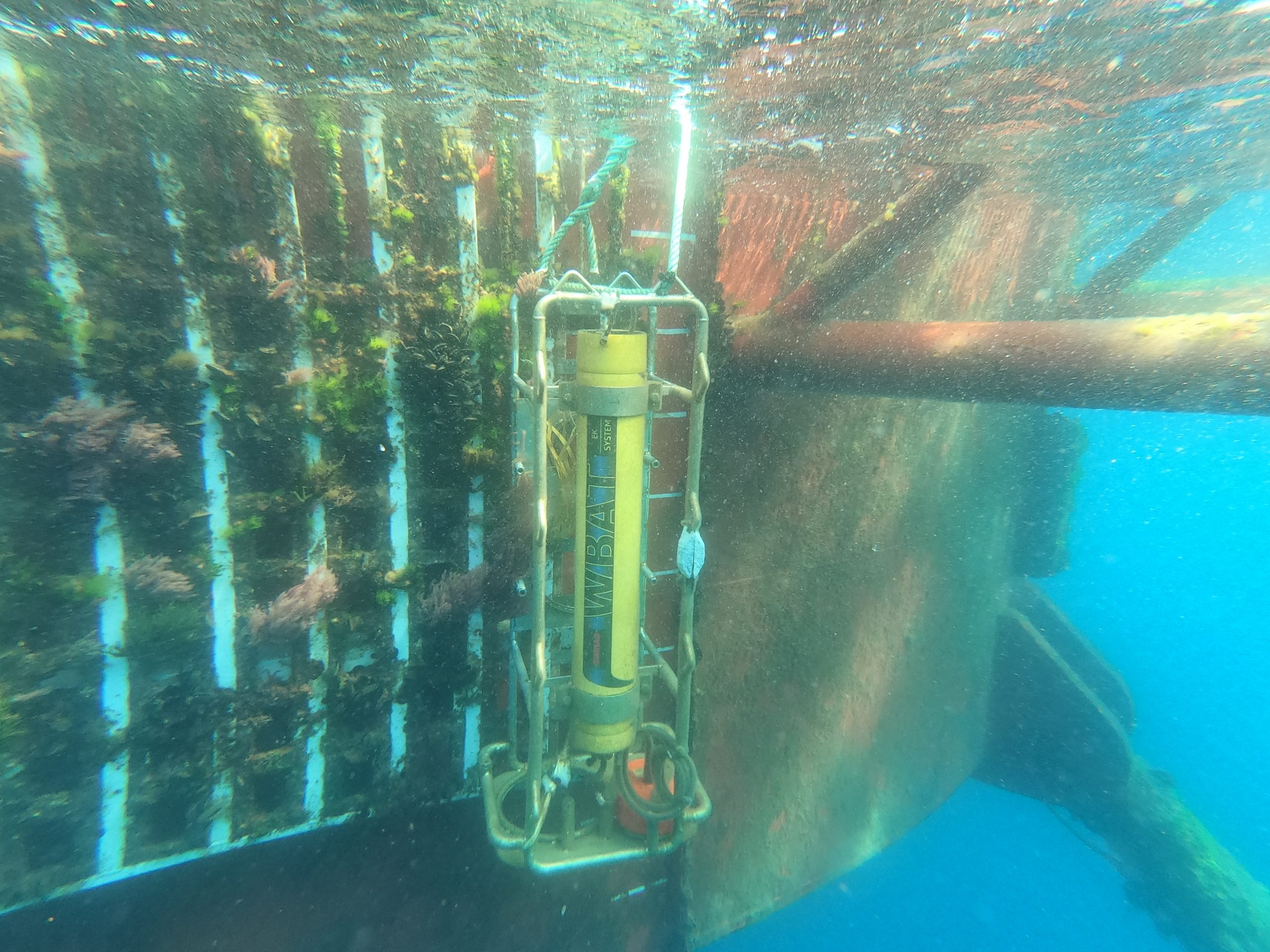Climate change drives migratory range shift via individual plasticity in shearwaters
Últimas noticias
Una mirada LGTBIQ+ al reino animal
Circular Economy in Action: Valorisation of By-products through Projects like PRIMA NEWFEED
Strategic Perspectives: Highlights from the Food4Future World Summit for Business Leaders
- Data collected since 2010 show that birds are migrating further north.
- Study results suggest that individual flexibility may help with distribution shifts outside the breeding season, but the consequences of climate change for birds during breeding are still unknown
- The study, led by the universities of Oxford Liverpool, in collaboration with AZTI, IRBI, SEO/BirdLife and CNRS, has been published in the prestigious journal PNAS.
How are animals and their populations responding to climate change? These are urgent questions of our time. Many species are showing shifting ranges as the environment warms, but the underlying mechanisms, and particularly the interplay between evolutionary selection processes and individual flexibility, are less well understood. This week in PNAS, Oxford and Liverpool University Biologists, together with Spanish and French collaborators show that individual behavioural flexibility is behind a rapid migratory range shift in a long-lived seabird, the Balearic shearwater (Puffinus mauretanicus).
Balearic shearwaters breed in remote corners of the Mediterranean’s Balearic Islands, where they are classified as Critically Endangered due to a rapid population decline largely driven by fisheries by-catch at sea. After breeding, birds migrate out of the Mediterranean to over-summer mainly off the Atlantic coasts of Spain, France, and increasingly the UK. Scientists from Oxford’s Biology Department and Liverpool’s School of Environmental Sciences, working at colonies in Mallorca, together with collaborators working in Ibiza (from AZTI, IRBI, SEO/BirdLife, CNRS), have been tracking these migratory movements for many years using miniature on-board geolocation devices. They were able to identify this effect of individual flexibility on shifting migration by comparing the tracks of the same individuals tagged in multiple years.
The teams started tracking the shearwaters in 2010, and since that date we found that birds have been migrating further north once they leave the Mediterranean. Lead authors Paddy Lewin and Joe Wynn said “We found that the best predictor of this change was the mean sea surface temperature in the summering-grounds suggesting that the birds may well be following changes in underlying marine resources. The fact that individuals can be this flexible in the face of rapid climate change is encouraging.”
“Whilst these pelagic seabirds can travel great ocean distances to find food, they are very constrained in where they breed, so migrating further means they have further to come back in the autumn. What we found was that individuals speed up their return migration the further north they have gone, but that this only partially compensates for the extra distance and they still arrive back later to the Mediterranean. We don’t yet know how such delays may affect their breeding success or survival.”

How do the birds know how far away from home they are, when they set off back for the colony?
Paddy Lewin and Joe Wynn were fascinated by the cognitive basis of this individual migratory flexibility. “We compared the distance estimates of the different kinds of map that shearwaters might use to guide their migration decisions. What we found is that a memory of previous migratory journeys was a much better predictor of return speed than an estimate of the bee-line geographic distance back to the colony. This suggests that birds do not rely on a large-scale navigational map on migration, but instead have some memory of the route they have flown in the past.” Joe Wynn said “It’s really nice to be able to take a population-level observation and see how individual movements result in that, and then to dig into the behavioural mechanisms that underpin the whole system.”
Maite Louzao (researcher at AZTI and co-author of the paper published in PNAS) explains that ‘the Balearic shearwater is one of the seabird species that can be observed in the Bay of Biscay, and whose distribution and abundance we have been studying in the marine megafauna team since 2013 in the multidisciplinary campaigns carried out by AZTI to characterise and evaluate marine ecosystems, such as BIOMAN and JUVENA’. The expert points out that thanks to the collaboration between research teams and the implementation of long-term monitoring programmes, they have been able to advance in the knowledge of the plasticity of the migratory routes of the most endangered seabird species in Europe, in an environment as changing as the marine ecosystem.
Balearic shearwaters belong to one of the most threatened groups of birds on Earth, and are themselves facing potential extinction as a species. Collaborator Pep Arcos from SEO/Birdlife: “In addition to direct threats both on land (predation by alien species, habitat degradation) and at-sea (fisheries bycatch, overfishing, pollution, windfarm development), the increasing threat of climate-change poses a challenge for a species that breeds in such a restricted habitat. Results from this study suggest that individual flexibility might help with distribution shifts driven by climate-change outside the breeding season, but the question is still open about what might be the consequences of climate-change for the birds during breeding, when their movements are constrained by the location of the colony.”







